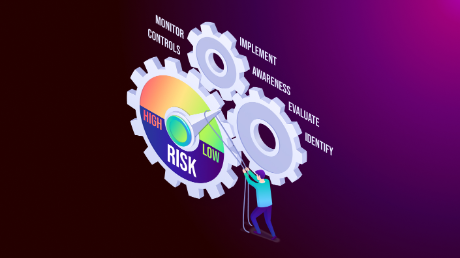
India’s rapid digital transformation has become one of the most closely watched case studies in the global economy. The country’s success in leveraging digital public infrastructure, fostering co-innovation between the public and private sectors, and scaling solutions to reach hundreds of millions has positioned it as a global leader in digital finance and inclusion. For regulators, banks, fintechs, and policymakers worldwide, the Indian experience offers critical lessons on balancing innovation with oversight.
At the center of this transformation is the India Stack, a layered set of open APIs and digital frameworks that includes Aadhaar (digital identity), UPI (instant payments), and DigiLocker (document storage). These platforms have enabled financial institutions, startups, and governments to co-innovate at unprecedented speed. The result is not only mass adoption of digital services but also new business models that reach underserved populations. UPI alone now processes billions of transactions monthly, making it one of the largest real-time payment systems in the world.
The role of regulation in this journey cannot be overstated. India’s regulators have walked a fine line: encouraging innovation while ensuring systemic stability and consumer protection. For example, the Reserve Bank of India (RBI) has tightened rules on digital lending to curb predatory practices while still allowing fintechs to thrive. Similarly, data protection frameworks and interoperability standards have been designed to promote trust without stifling innovation. This regulatory agility has enabled India to avoid the extremes of over-regulation, which could choke growth, or under-regulation, which could erode confidence.
Equally important is the emphasis on scale. India’s population of over 1.4 billion presents unique challenges in delivering digital services that are inclusive, affordable, and accessible. By leveraging public–private partnerships, shared infrastructure, and competitive innovation, India has achieved scale without sacrificing affordability. Initiatives such as Jan Dhan bank accounts, Aadhaar-enabled payment services, and UPI have created a financial ecosystem that includes not only urban elites but also rural and low-income populations.
The global implications of India’s digital push are significant. Countries in Asia, Africa, and Latin America are already studying and adapting elements of the India Stack to their local contexts. Multilateral institutions view India’s model as a template for achieving both financial inclusion and technological sovereignty, reducing reliance on foreign platforms. At the same time, India’s experience highlights risks: cybersecurity vulnerabilities, digital divides, and the need for constant regulatory updates to keep pace with innovation.
For banks and fintechs, India provides a blueprint for co-innovation—where traditional institutions and startups collaborate rather than compete. For regulators, it shows how proactive but flexible oversight can encourage innovation without compromising stability. And for policymakers, it underscores the importance of designing digital ecosystems that can scale rapidly while remaining inclusive.
Looking ahead, India’s digital journey is far from over. The push into CBDCs (Central Bank Digital Currencies), AI-driven credit scoring, and cross-border payment linkages suggests the next phase will focus on global interoperability and advanced financial technologies. If successful, India will not only continue to transform its domestic economy but also play a leading role in shaping the global digital policy agenda.
In short, the lessons from India’s digital push are clear: co-innovation, regulatory agility, and scalability are the pillars of a resilient, inclusive digital ecosystem.

Robert Harris
Email: robert.harris@theempiretimes.org
All stories by : Robert Harris



















3 Comments
Ruth M. Reed
August 29, 2025 at 8:24 pmClear and timely analysis—this really helps make sense of recent market movements.
ReplyPhillip C. Baker
July 21, 2025 at 10:44 pmImpressive to see how much Big Tech is investing in R&D this year. 2025’s shaping up to be a turning point.
ReplySarah T. Coleman
July 11, 2025 at 14:44 pmGreat coverage on U.S. AI policy—finally some clarity for global investors.
Reply